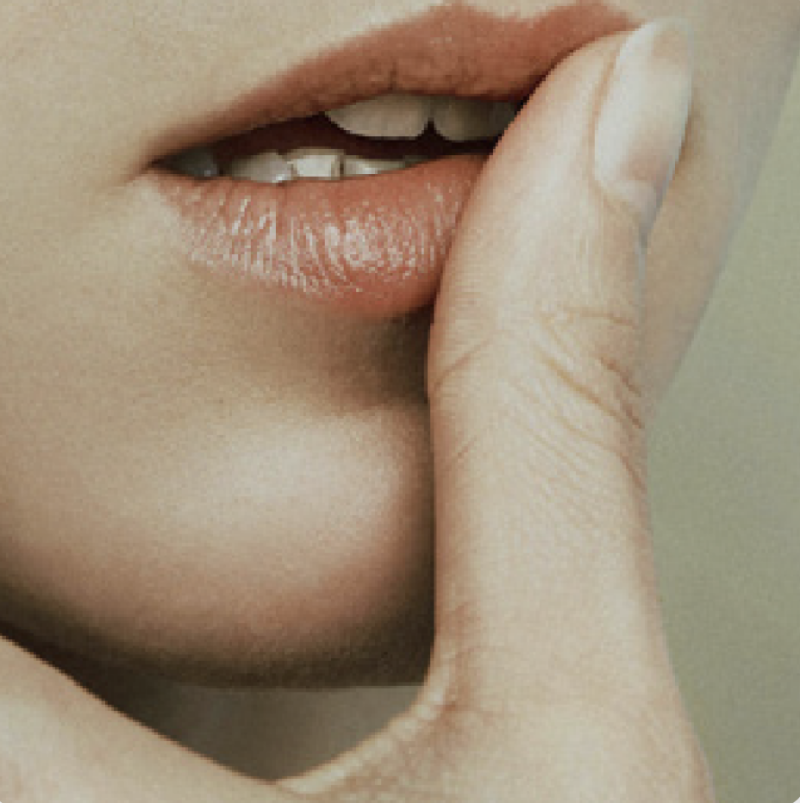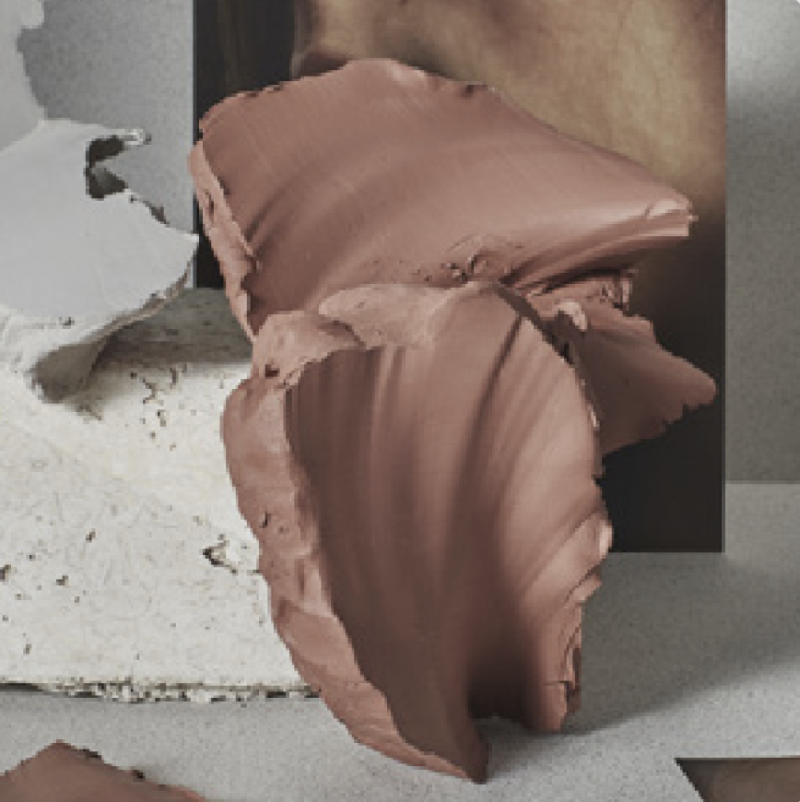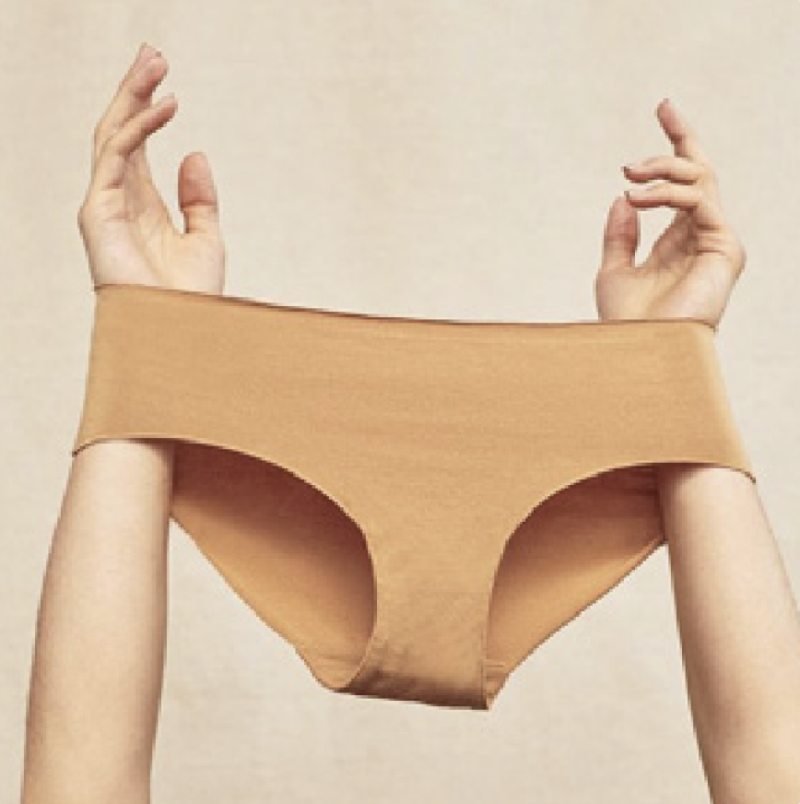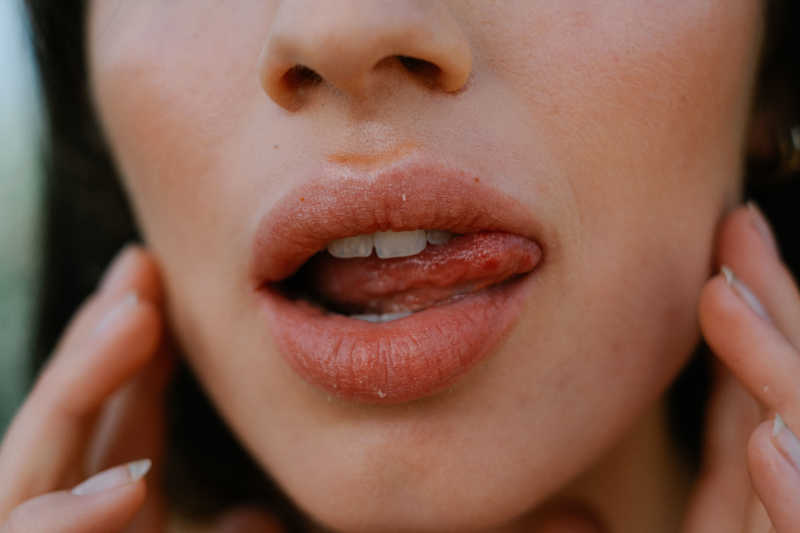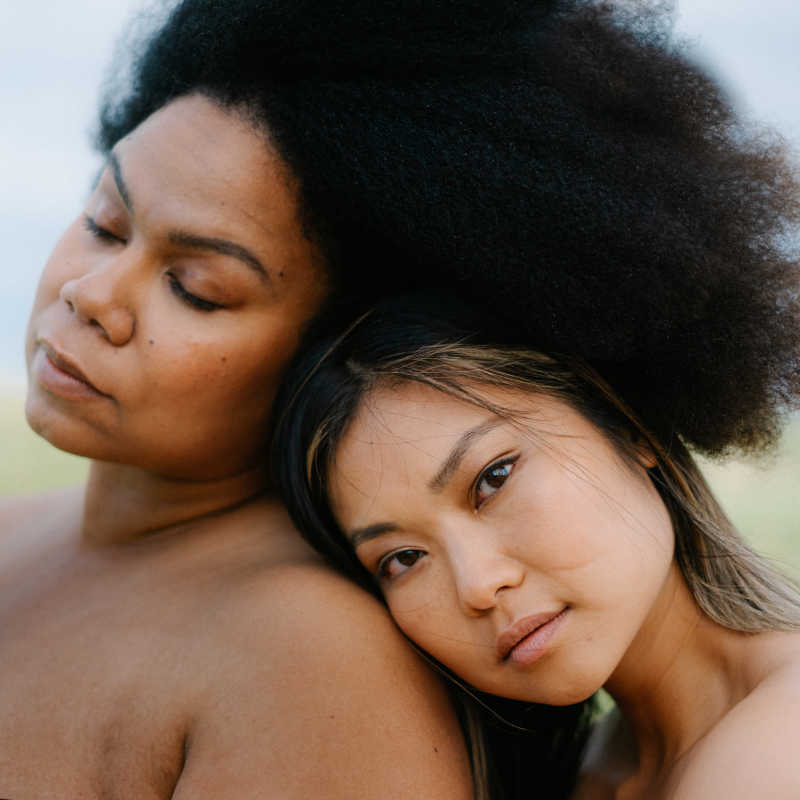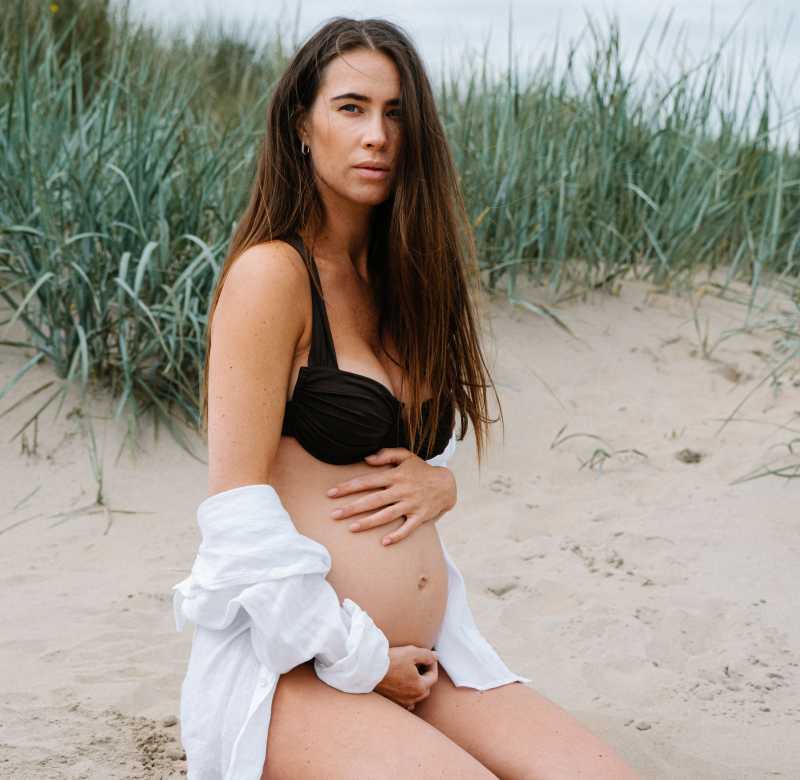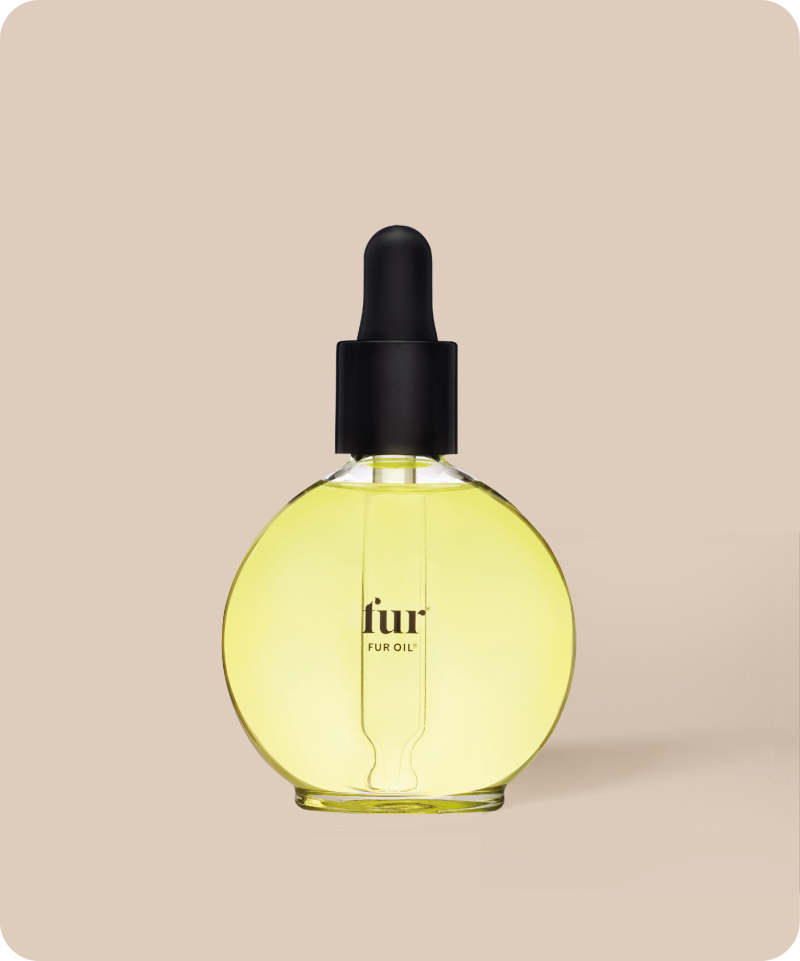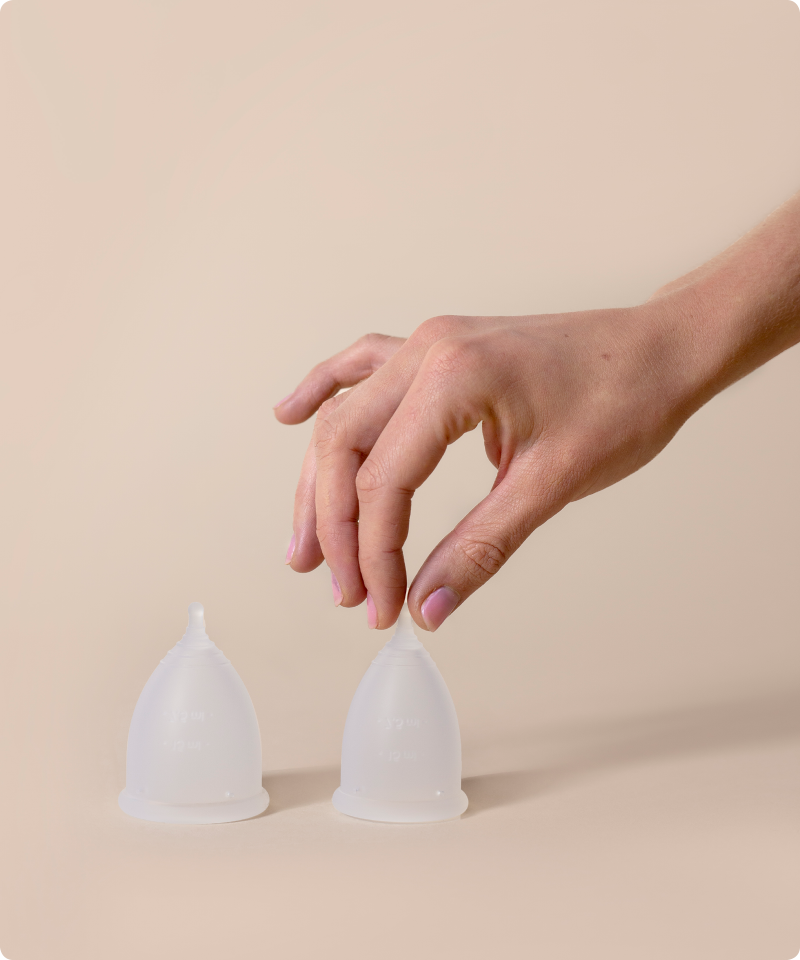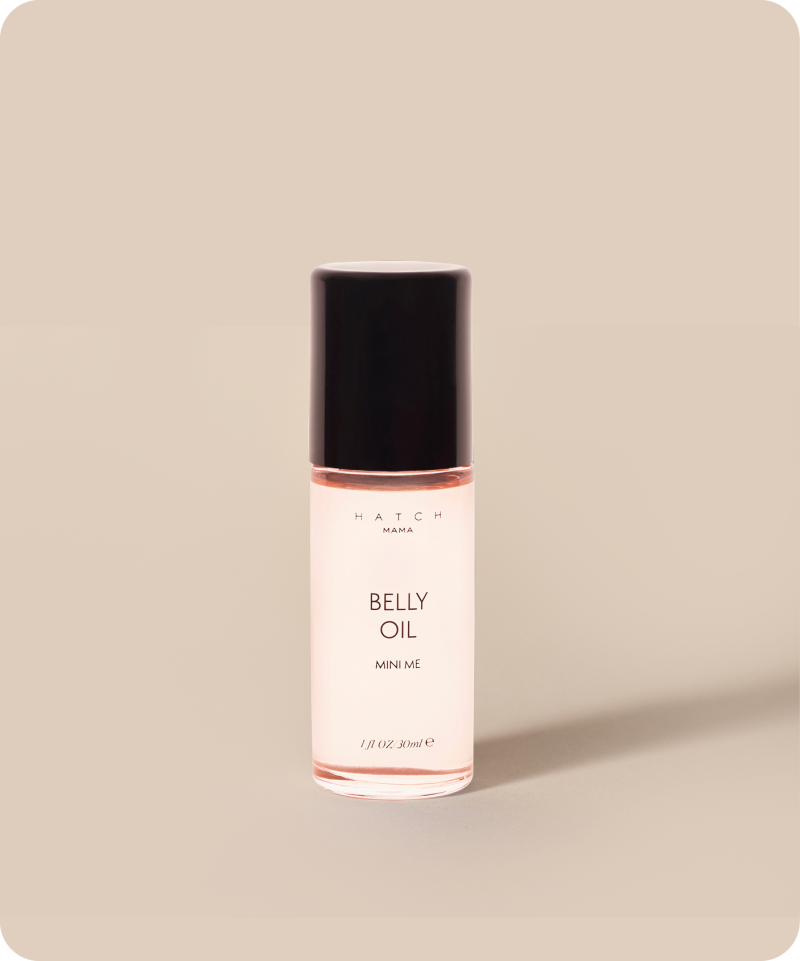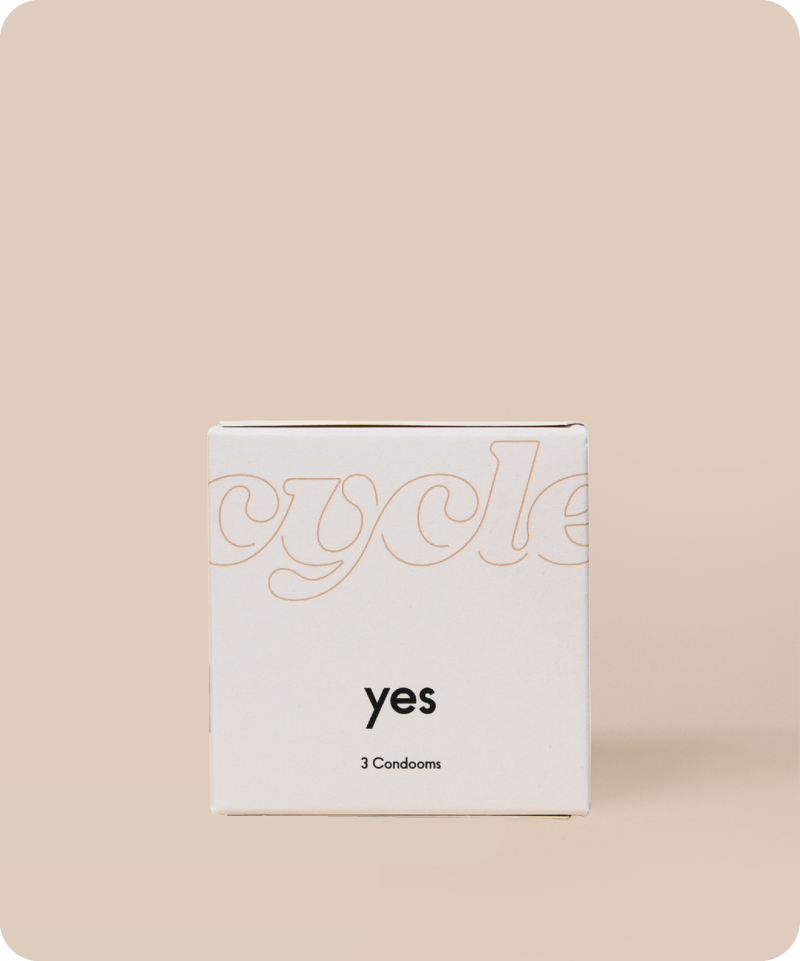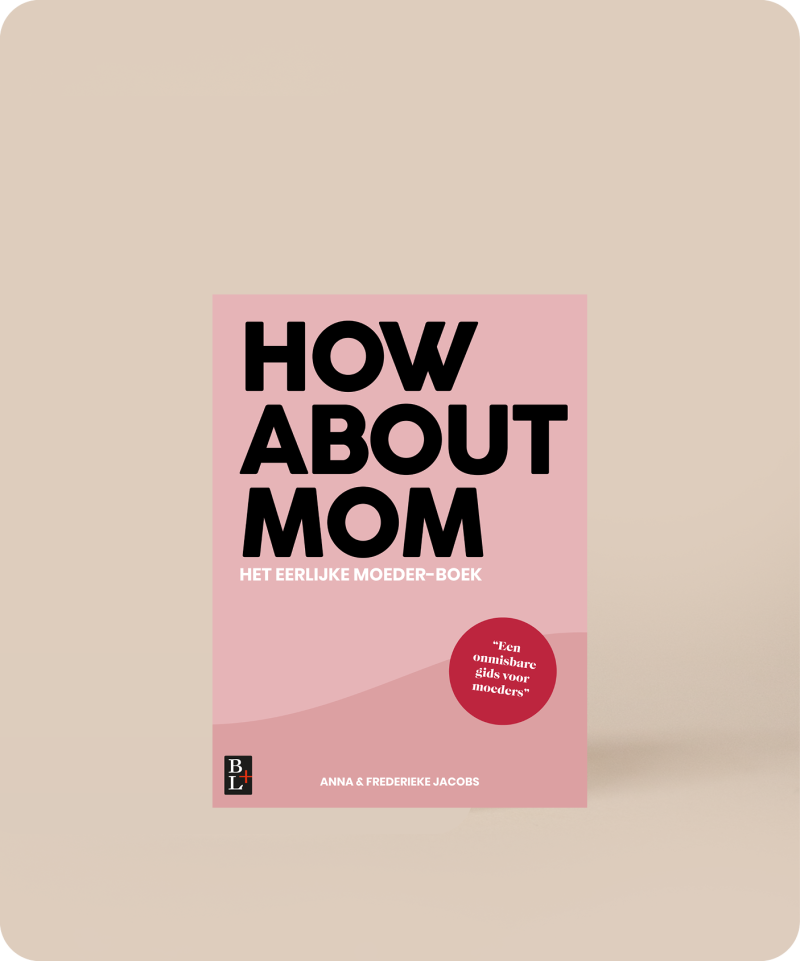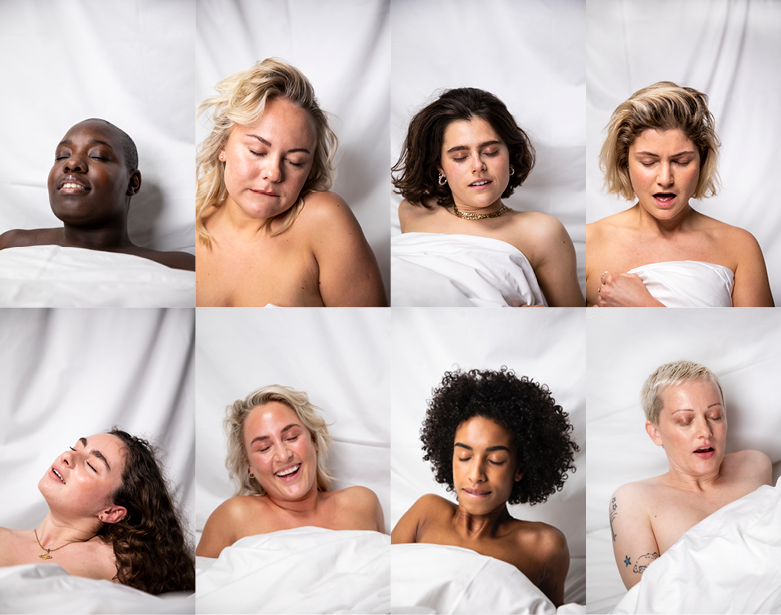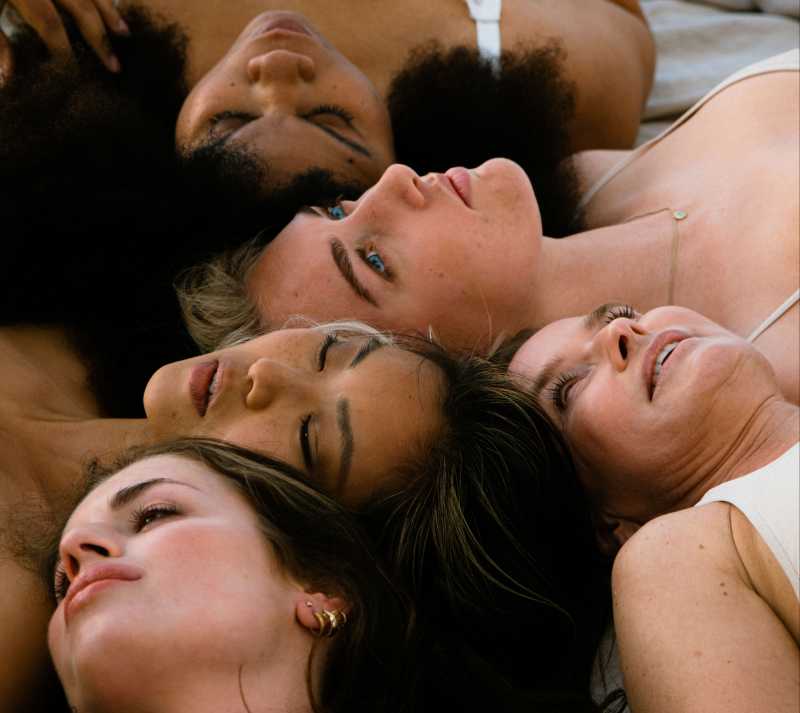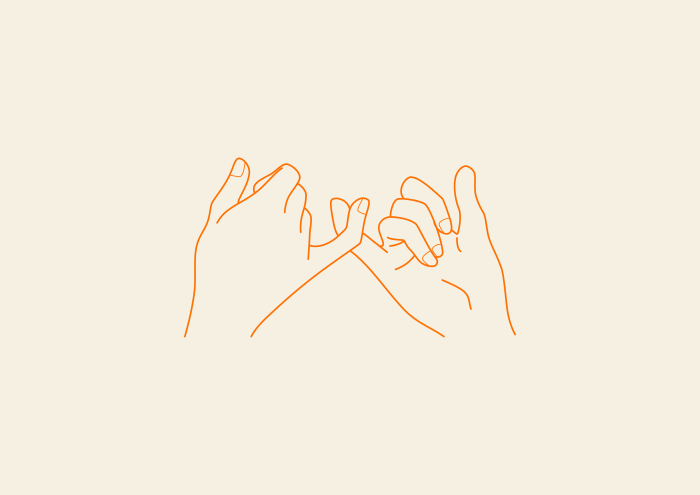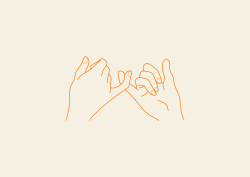Amber (26) has winter depression: "It took me four years to look for help"
Feeling great in spring and summer, but struggling to even make it out of bed in the winter. Living with winter depression aka Seasonal Affective Disorder. That’s what Amber (26) deals with every year since 2017.
The first time Amber noticed something was off was in the winter of 2017. After studying in South-Korea for half a year caused her to experience quite a lot of loneliness, while she was struggling to finish her bachelor thesis she hit her lowest point. “I thought I was feeling depressed, lethargic and stressed because of the pressure of university and graduating…It took me four years of the same cycle and a worldwide pandemic to realize something was really up and I wasn’t just being a ‘drama queen’.”
Very SAD
Seasonal Affective Disorder (yes, SAD. Quite on-the-nose), or winter depression, is a disorder in which people have a ‘normal’ mental health throughout the year but showdepressive symptoms the same period of time every year. Spring/early-summer depression, which also falls under SAD, exists as well but is less common.
People with winter depression experience symptoms such as sleeping too much, having little to no energy, a general sense of lethargy and overeating. Think of the normal winter blues but with the intensity cranked up to a 100. The disorder has met some criticism in the past but is now recognized as an official depressive disorder with a ‘seasonal pattern.’
What exactly is a winter depression?
Read more
“It’s as much of a gradual process as it is sudden. In summer and spring I feel great, but in the late-fall and winter I struggle to do anything at all. It doesn’t really feel like I’m sad, but rather like I have a general lack of feeling. It’s like the smallest activities take the greatest effort. Around early April, I’ll be singing out loud while biking with a smile on my face. By then, I can barely recall how I felt during the winter.”
Light it up
Winter depression is most common in countries that don’t get that much sun, like the Netherlands. This is because sun exposure is directly related to the production of the hormone melatonin. Melatonin is the hormone that regulates sleep. If you don’t get enough sun, the brain gets sent a signal to create more melatonin, which leads to SAD. The lack of sun also disrupts your biological clock. If your sleep schedule is inconsistent you will feel more lethargic and tired throughout the day. “Even in the summer I’m not the type to sleep early, I go to bed around 1:30AM. This worsens with my winter depression. I sleep later and later every night because I dread the next day. It’s not uncommon for me to end up falling asleep at 5AM or 7AM, even if I have work the next day. The amount of times I’ve overslept for work and university is a little embarrassing, to be honest. On top of a horrible sleep schedule, my dreams are suddenly filled with horrible nightmares that I don’t get in summer and spring. It goes without saying that I feel extremely tired during the day.” One study even found that 16% of participants with SAD had frequent nightmares compared with 2.4% of participants without SAD. Sun exposure is also said to influence the production of serotonin, the happiness hormone aka a hormone that influences your mood.
Getting enough sun and keeping a consistent sleep schedule is clearly extremely important for people with winter depression. “I always tell my boyfriend, I’m like a little plant. I need my daily dose of sunlight. This is why I try to take walks through the park in my neighborhood as much as I can. Though it feels a little strange to be one of the only people without a dog to walk.” Another common way to treat winter depression is through light therapy. During light therapy, you sit or work near a specific light therapy box. The light this box transmits mimics the natural outdoor light. The effects are quite fast. You may already notice a difference four to seven days after starting with light therapy. However, light therapy is often still combined with medication or mental health counseling to make it even more effective.
Take yourself seriously
Amber says: “If you suspect you may have SAD, a little tip:, take yourself seriously.” And we agree wholeheartedly. There’s no need to act ‘independent’ and deal with it all on your own. SAD is quite tricky. Because it’s not a constant, you might feel like you’ve imagined all the pain once spring hits. “When I’m at my worst I just can’t seem to find the motivation to do anything I have to do. This can mean schoolwork or chores but also things you wouldn’t usually consider taxing at all, such as showering or brushing your teeth. I know I have to do these things, but I can’t always find the motivation. This leads to a constant gnawing feeling in my gut; I feel frustrated at myself for not doing what I need to do, but I keep not doing them. Most of the time I tend to mask these things, plus I’m fine the other three quarters of the year, so it was hard for the people around me and myself to understand that what I was dealing with was serious.” Quite similar to the experiences of PMDD and PMS - because these mental health issues aren’t constant doesn’t mean they aren’t real issues.
Another reason it’s harder to acknowledge you even have winter depression is because winter depression gets its fair amount of memes on the internet. It’s like a double-edged sword; on the one hand it’s great because more people learn that SAD is actually something that exists that people experience, but on the other hand it’s the butt of so many jokes that it doesn’t fully get taken seriously anymore. It’s normalized to such an extent that it’s hard to even take yourself seriously when you suspect you suffer from SAD.
Look for help
Try to listen to your mind and body and ask for help, if you think you may be struggling with SAD. It’s okay to acknowledge that you can’t do it alone. Looking for help doesn’t make you incapable of independence or taking care of yourself. On the contrary, it shows that you put yourself first and that you’re taking your feelings seriously. “For the longest time I’ve made it harder for myself to help me. Getting enough fresh air, light and sleep is extremely important to keep the symptoms at bay, but I can’t always trust myself to do those things when I can’t even get out of bed. Once I acknowledged I was struggling and asked for help I felt so much lighter. Now I’m on the track to getting my own light therapy counseling.” There are people who can help you get through this. It’s good if you go to a professional, but talking about it with the people around you will help as well. Maybe you can ask your partner or roommate to take walks with you or help you keep to a consistent sleep schedule. You won’t have to do this alone. And it does get better!
Would you like to read more articles about personal experiences with mental and physical health struggles? Join our free newsletter. It will hit your online mailbox every two weeks. Join at the bottom of our homepage.
